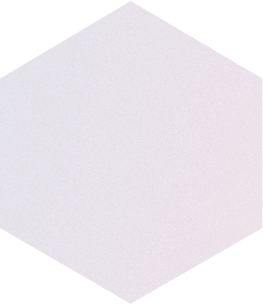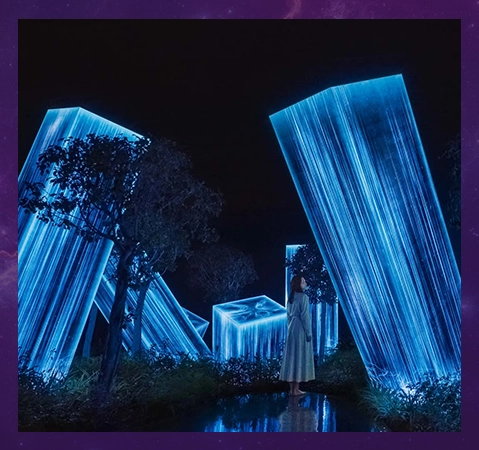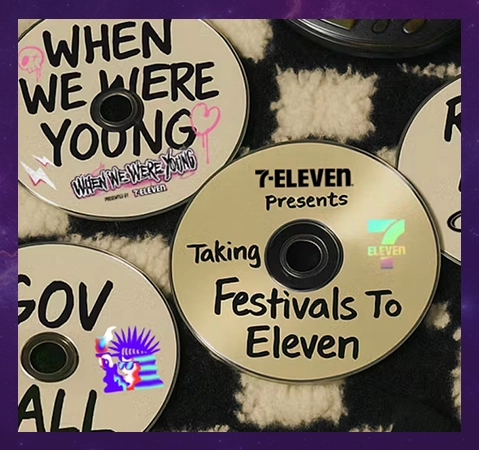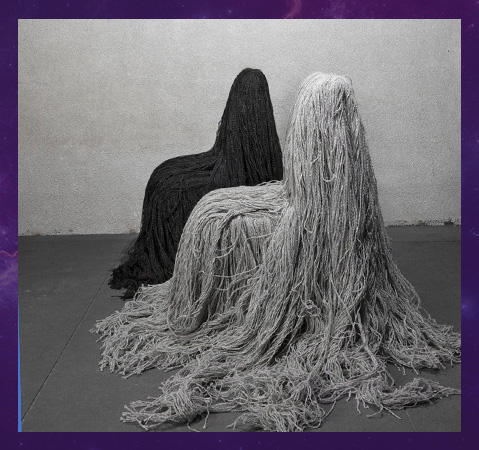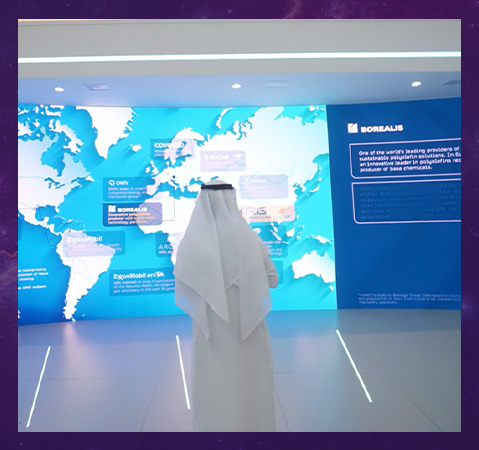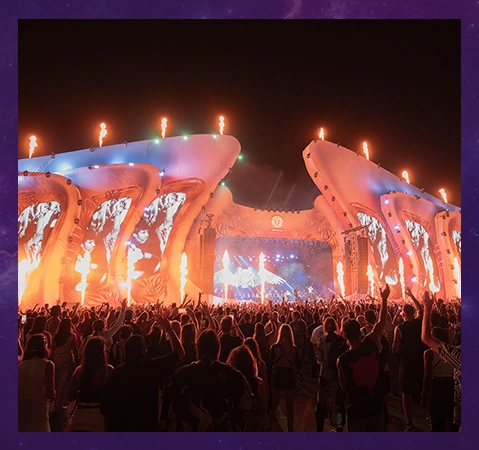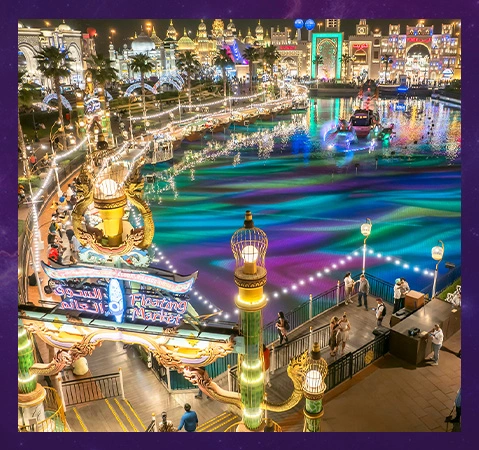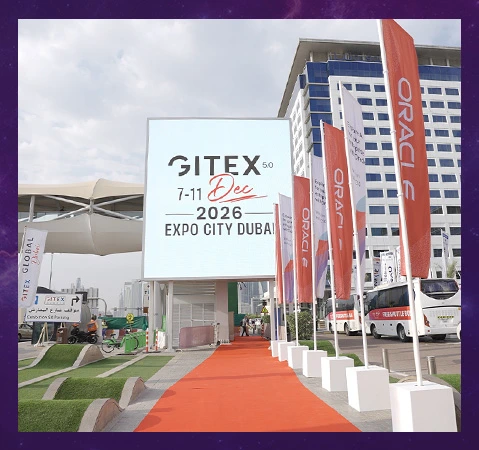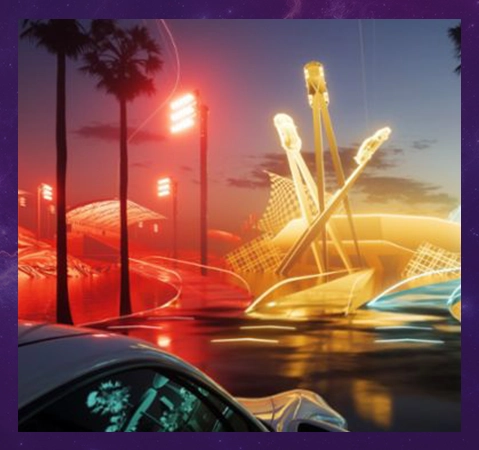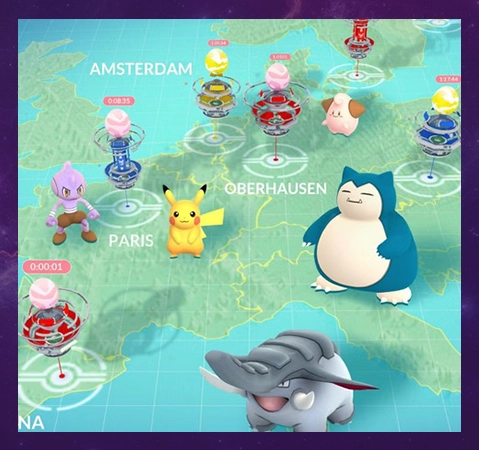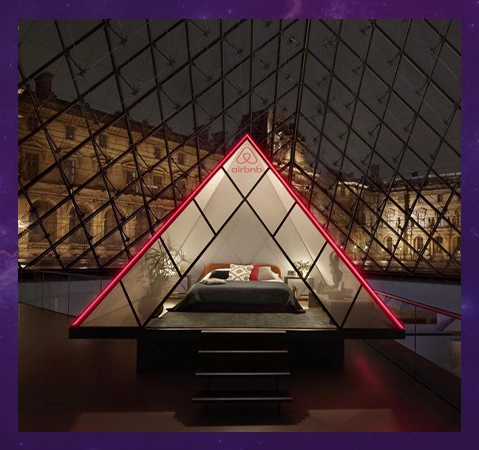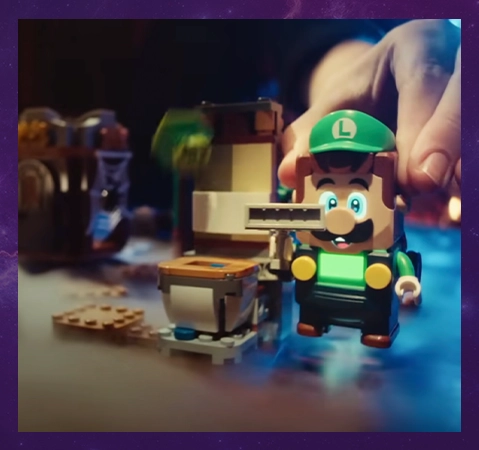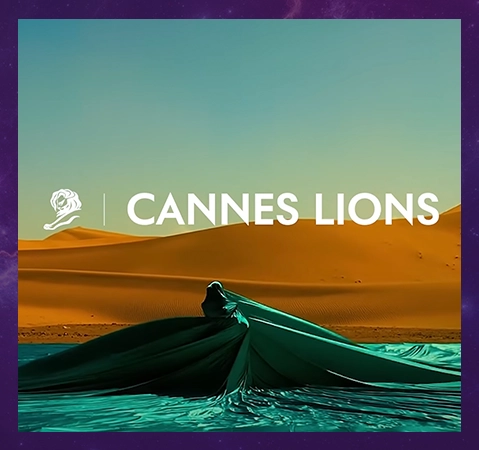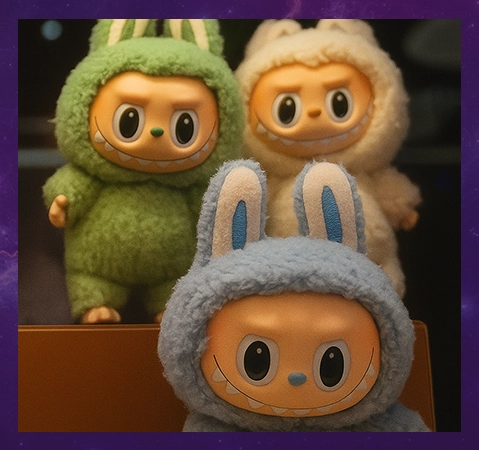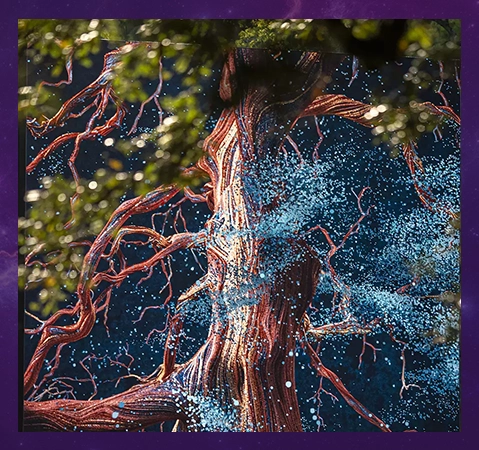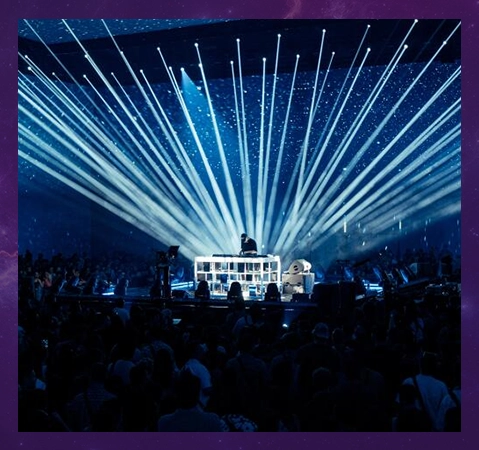
Carsten Höller’s Interactive Art: Bringing Playfulness to Corporate Events
share

Carsten Höller, often dubbed "the Willy Wonka of the art world," has a remarkable ability to both intrigue and surprise his audiences with his immersive, sometimes disorienting art installations. A Berlin-based artist with a background in entomology, Höller made a bold shift to the art world in the 1990s, though the scientific curiosity of his early career still shapes his creative approach. His works are not just exhibitions; they are experiences that invite the viewer to become an active participant, blurring the lines between science and art.
Always rooted in his scientific mindset, Höller’s installations are like experiments in perception and interaction. His work challenges traditional art norms, turning passive observation into active engagement, where the audience becomes part of the investigation. His ability to transform conventional exhibitions into playful, interactive spaces has earned him a devoted following, with fans eagerly anticipating the next wave of exhilarating experiences. It’s safe to say that Höller’s unique brand of art consistently leaves his audience grinning, proving him to be a true "crowd pleaser" of the contemporary art scene.
How Höller's Art Propelled Him to Global Recognition
Born in 1961 to German parents, Carsten Höller began his artistic career in the late 1980s, joining a movement of artists exploring the interplay between space and human experience. Alongside peers like Andrea Zittel, Rirkrit Tiravanija, and Pierre Huyghe, Höller experimented with unconventional concepts. However, it wasn’t until 1993 that he transitioned to being a full-time artist, after earning a doctorate in agricultural science and studying insect olfactory communication.
Drawing on his scientific background, Höller integrates curiosity and exploration into his art, offering a unique perspective on human behavior, perception, and altered states of consciousness. With a mix of humor and intrigue, his installations—often referred to as his "laboratory of doubt"—invite audiences into immersive, sometimes bewildering experiences. From warped slides to mind-altering goggles, his works push viewers to rethink how they experience and interpret the world around them.
Höller’s emphasis on sensory exploration and altered perceptions also provides a fresh approach for creating immersive corporate events. By applying his experimental techniques, such events encourage unexpected interactions, foster creativity, and promote collaboration while challenging traditional boundaries of engagement and experience.
Test Site (2006): A Playground of Art and Interaction
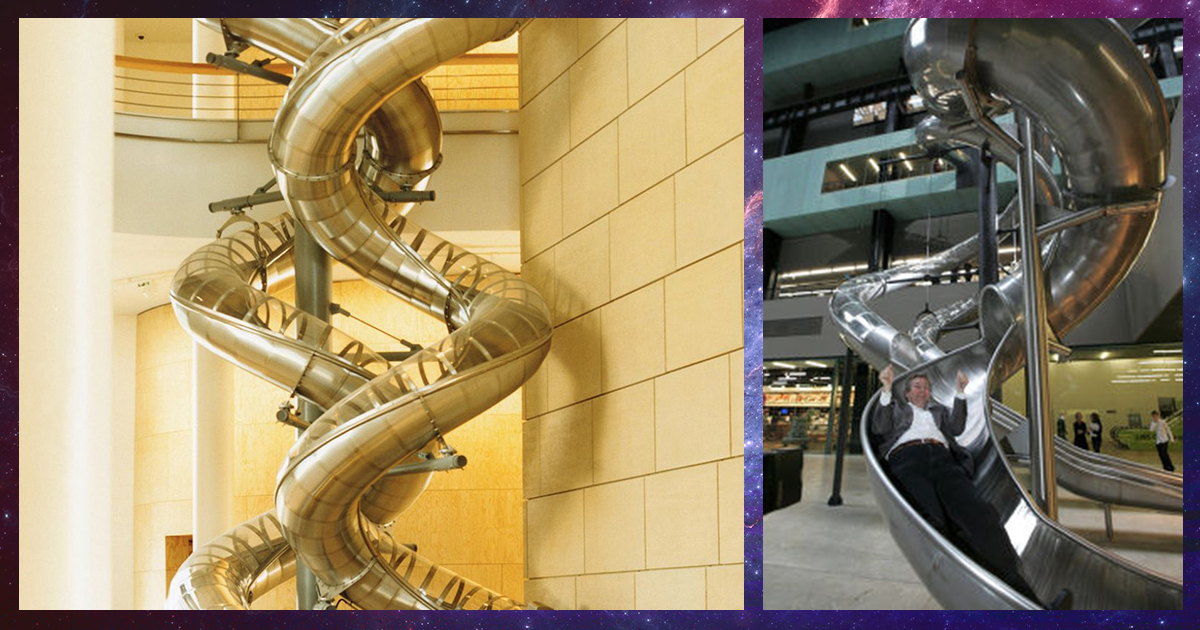
In 2006, Carsten Höller transformed the iconic Turbine Hall at Tate Modern in London with Test Site, a groundbreaking installation that exemplifies his signature approach to participatory art. Instead of a traditional static exhibit, Höller’s installation featured a series of towering, spiral slides, inviting visitors to physically engage with the space. The work was not just to be observed; it was designed to come to life through human interaction, where the experience itself became the core of the artwork.
For those brave enough to climb and slide, Test Site became an unforgettable, visceral encounter. The decision to take the plunge—or simply watch someone else do so—activated the installation, turning every action into a part of the artistic process. Höller’s work emphasized the unpredictability of human response, play, and the significance of bodily experience. In this way, visitors were no longer mere spectators, but active participants, helping to shape the artwork through their engagement.
With Test Site, Höller blurred the lines between art and life, where emotions, experiences, and physical sensations became just as integral to the work as the slides themselves. This emphasis on immersive, participatory art has since inspired experiential marketing, with agencies creating interactive corporate events that invite guests to become part of the experience, fostering deeper connections and unforgettable moments.
SOMA (2010): A Surreal Exploration of Perception at Hamburger Bahnhof

Carsten Höller’s SOMA (2010) at Hamburger Bahnhof in Berlin draws inspiration from the ancient Indian ritual of Soma, a sacred plant believed to induce altered states of consciousness. Höller’s installation incorporated live reindeer, canaries, mice, flies, and giant mushrooms, creating a surreal environment that blended natural and mythical elements. Central to the exhibition was a "floating hotel," designed to resemble a giant mushroom, where reindeer were fed special mushrooms, and their urine—transformed into Soma—was stored in refrigerators. Visitors could stay at the hotel for £1,000 a night and drink the Soma if they dared.
By combining objects, animals, and altered perceptions, SOMA became an interactive experiment, with participants acting as testers of their own perception. Höller created a hallucinatory space where visitors could feel increasingly disconnected from the world around them, questioning their place in the surreal environment. While Höller himself never consumed the Soma, his experiences with similar substances—leading to intense, comatose states—added an element of discomfort and unpredictability to the work. Ultimately, SOMA challenged both the mind and the body, blending the mystical with the sensory to create an unforgettable exploration of altered consciousness.
Dots (2023): A Playful Light Installation at Manar Abu Dhabi
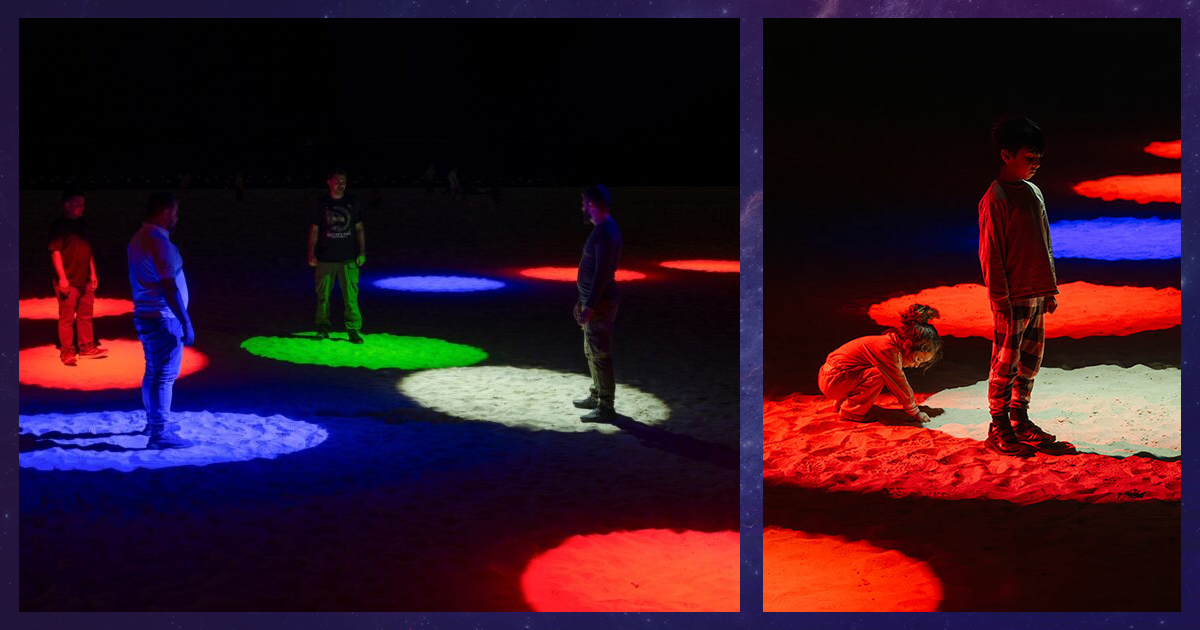
At the 2023 Manar Abu Dhabi festival, Carsten Höller presented Abu Dhabi Dots, a dynamic light installation on Corniche Beach that added a playful and interactive dimension to the renowned Dots series. Featuring 20 vibrant spotlights, the installation reacts to participants' movements, creating a unique blend of collaboration and competition. The dots—14 red, three blue, two green, and one white—shift in color as participants overlap with others, progressing from red to blue, green, and ultimately white. However, strategic moves can also result in downgrades, adding a competitive twist. The game resets when seven white dots stop overlapping, restarting the challenge in a lively loop.
Abu Dhabi Dots resonates with the concept behind immersive experiences like Sentient By Elysian’s Escape Room, which uses AR to engage players in sustainability-focused narratives. Just as in these interactive games, Abu Dhabi Dots encourages real-time decision-making, fostering a deeper connection between the participants and the experience itself.
Symbolically, the installation represents connectivity and unity, with each dot distinct yet contributing to a cohesive whole—reflecting the diversity and harmony of the UAE. The use of light and movement speaks to the country’s innovation and vibrant future, making Abu Dhabi Dots a significant addition to Höller’s body of work and a thought-provoking highlight of the global art scene.
To Wrap It Up!
Carsten Höller’s interactive installations, such as Test Site, Abu Dhabi Dots, and Soma, transform art into an immersive experience that engages the senses, challenges perception, and invites participation. By blurring the lines between art and life, Höller creates environments where visitors become active components of the work, offering emotional and physical engagement.
This approach has inspired experiential marketing, with agencies adopting similar interactive concepts for corporate events. By integrating play, surprise, and participation, these events foster creativity, collaboration, and meaningful connections, making business gatherings not only productive but also memorable and fun.

